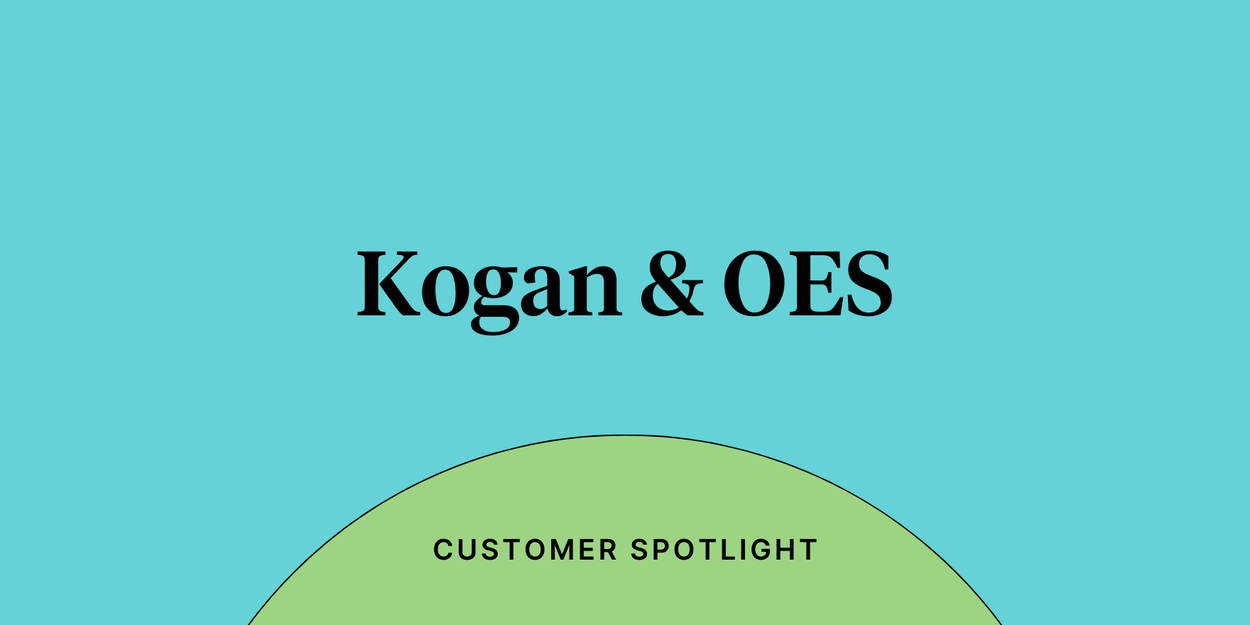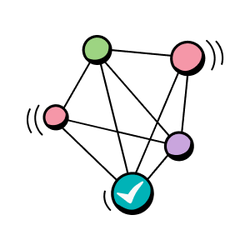
Why Kogan.com and OES embraced continuous performance

Most companies claim to have a performance management process in place. But here’s a question: Is it really a process – or is it simply an event?
There’s a difference. Stopping every six months or a year to mandate a stack of review paperwork and an intimidating conversation with management feels more like a disruption than development. Fortunately, there’s a better way: continuous performance management.
During a breakout session at Culture First APAC, we connected with Lisa Calderone, Director of People and Culture at Kogan.com, and Liz Malady, Executive Director of Human Resources at Online Education Services (OES), to find out why and how they made the move to manage performance continuously rather than intermittently.
What is continuous performance management?
Before you can make the switch to continuous performance management, you need to understand what it is. Fortunately, the biggest clue is right there in the name: continuous performance management focuses on development…well, continuously.
Rather than the annual or biannual reviews involved in a traditional performance approach, continuous performance management prioritizes goal-setting, reflection, feedback, and development conversations on a regular basis.
Put simply, it integrates performance management into employees’ daily work – rather than setting it up as an entirely separate (often disruptive and daunting) process.
Tedious and time-consuming: The pains of performance management
Both Kogan.com and OES use continuous performance management now, but it wasn’t always that way. “Beforehand, we were very paper-based in our approach,” shares Lisa. “We used Google Docs to capture our process, but it was very retrospective and reactive.”
OES used a similar method with Word documents and templates. Once those were completed, it was up to HR to collate all of the ratings and complete calibration sessions for all of the data. “We’d have to pull all the information together to have it ready for leaders, and it was never accurate,” Liz explains.
While those processes got the job done, there was plenty of room for improvement – both Lisa and Liz use words like “manual,” “impersonal,” “detached,” and “difficult” to describe their previous approaches. “The fundamentals were there, but it was not a good experience,” Liz says.
The compelling case for continuous performance management
Both organizations partnered with Culture Amp to make the switch to continuous performance management. It didn’t take long for them to see the benefits.
1. Build better business alignment
When performance management is sporadic and siloed, it’s challenging to connect individual development goals to broader business objectives.
In contrast, continuous performance management provides ample opportunity to connect the dots from employee goals all the way up to the company ones – an advantage that both Kogan.com and OES have experienced.
“The executive team sets the goals, and we share them at an all-staff event where people can see how their goals will cascade,” explains Liz. “The department goals are then created, and people can see the alignment between what they are, what they’re going to do, and how they’ll contribute to the organization.”
“That cascade from company to department to individual goals has been phenomenal,” echoes Lisa, adding that it’s also made the performance process far more proactive. “We’re not scrounging around to get goals to do the review in retrospect, at the end of the process. It’s happening up front.”
2. Prioritize frequent communication
Setting goals is only part of the process – continuous performance management also includes frequent check-ins with employees about their progress, roadblocks, and any other changes.
OES implemented a check-in process “to ensure that people were getting feedback and that they could reflect on how they were progressing,” shares Liz. “We found that it served as an engagement opportunity and, in some cases, even a stay discussion.”
The check-ins also gave OES the opportunity to confirm that goals were still relevant for employees. “We’re a really dynamic organization – things change constantly,” she continues. “We wanted to check that the goals remained current and really meaningful to our people.”
Similarly, Kogan.com prioritized regular 1-on-1 meetings between employees and their managers, with clear expectations about the frequency of those conversations.
Managers and employees use those discussions to connect about anything – including development goals and progress. That way, employees see performance conversations “as part of their ongoing feedback cycle as opposed to just one big task at the end of the year,” Lisa says.
3. Improve visibility
A periodic performance management process isn’t just daunting for employees. Leaders and HR teams can quickly become overwhelmed, too. They end up with an avalanche of paperwork and data, and it’s hard to sift through that information and determine what to act on.
Fortunately, continuous performance management also means continuous access to the latest information. “We’ve got data and insights that we’ve utilized from engagement surveys, new starter surveys, exit surveys, and our goals and performance review data,” shares Liz. “That informs our people plan because we can identify what initiatives we need to deliver that are really going to make a difference.”
That level of visibility directly translates to better decision-making, as there are regular, relevant, and up-to-date employee insights to build off of (rather than using information from six months ago). “It’s provided a lot more tangible guidance when it comes to people practices,” Lisa says about Kogan.com’s continuous performance process.
Making the move to continuous performance management
Despite the many benefits of transitioning to a continuous performance process, change is hard. It’s normal for leaders and employees to feel hesitant about overhauling their existing performance process.
OES and Kogan.com have navigated that doubt and uncertainty already, and both Liz and Lisa have a few tips for people leaders looking to manage or mitigate pushback while switching to continuous performance management.
1. Understand the pain points
Change is easier when you can help people understand the advantages of making the change. That’s something that OES leaned into, especially after hearing that some senior managers were unhappy with the existing performance process.
“We gathered their feedback to understand what was frustrating our people and what would make it easier for them,” Liz shares.
That not only helped OES build a new process and system that better fit their needs but also generated understanding, commitment, and enthusiasm about the change. People saw that they were moving on to something better.
2. Educate your team
Both organizations are also committed to supporting and educating employees throughout the change. Kogan hosted a lunch and learn to explain the new process and the ins and outs of Culture Amp. They also created a simple one-pager about Culture Amp, how it would be used, and related expectations.
OES took a similar route with video training and weekly “buzz sessions” – online meetings where people could discuss the change.
All of these efforts helped team members feel equipped and empowered to embrace the new process rather than feeling hesitant and skeptical.
3. Get leadership buy-in
When it comes to accepting and implementing a new process, tool, or system, leaders need to go first. Employees can’t be expected to make the change if their managers stick with the old way of doing things.
“It was embraced by the executive team, including in their one-on-ones,” explains Lisa about how Kogan.com’s leadership team modeled the change for the rest of the organization.
Doing so meant employees could build some familiarity with the process while simultaneously understanding that this was the new way forward.
4. Use a staggered approach
Maybe you’ve heard the old saying that you eat an elephant one bite at a time. The same sentiment applies to reinventing your performance management process.
A phased or staggered approach makes the change less daunting and more manageable for employees.
“We rolled out the different aspects as they were going to use them, so it wasn’t overwhelming and was in bite-size pieces for them,” says Liz about how OES took it slow. “It was just the goal setting initially, then the check-ins, then the reviews.”
Make the switch from periodic reviews to consistent support
Performance reviews are an important part of the performance management process – but they’re not the entirety of it.
Those reviews are most effective when supported with ongoing feedback, regular development conversations, and frequent reflection. That’s continuous performance management.
Making the change from sporadic performance reviews to a steadier process is a positive shift, but navigating any type of change is challenging. Take the above advice from companies who have been there before to set yourself up for a smoother transition – and a more engaging and meaningful performance process.





